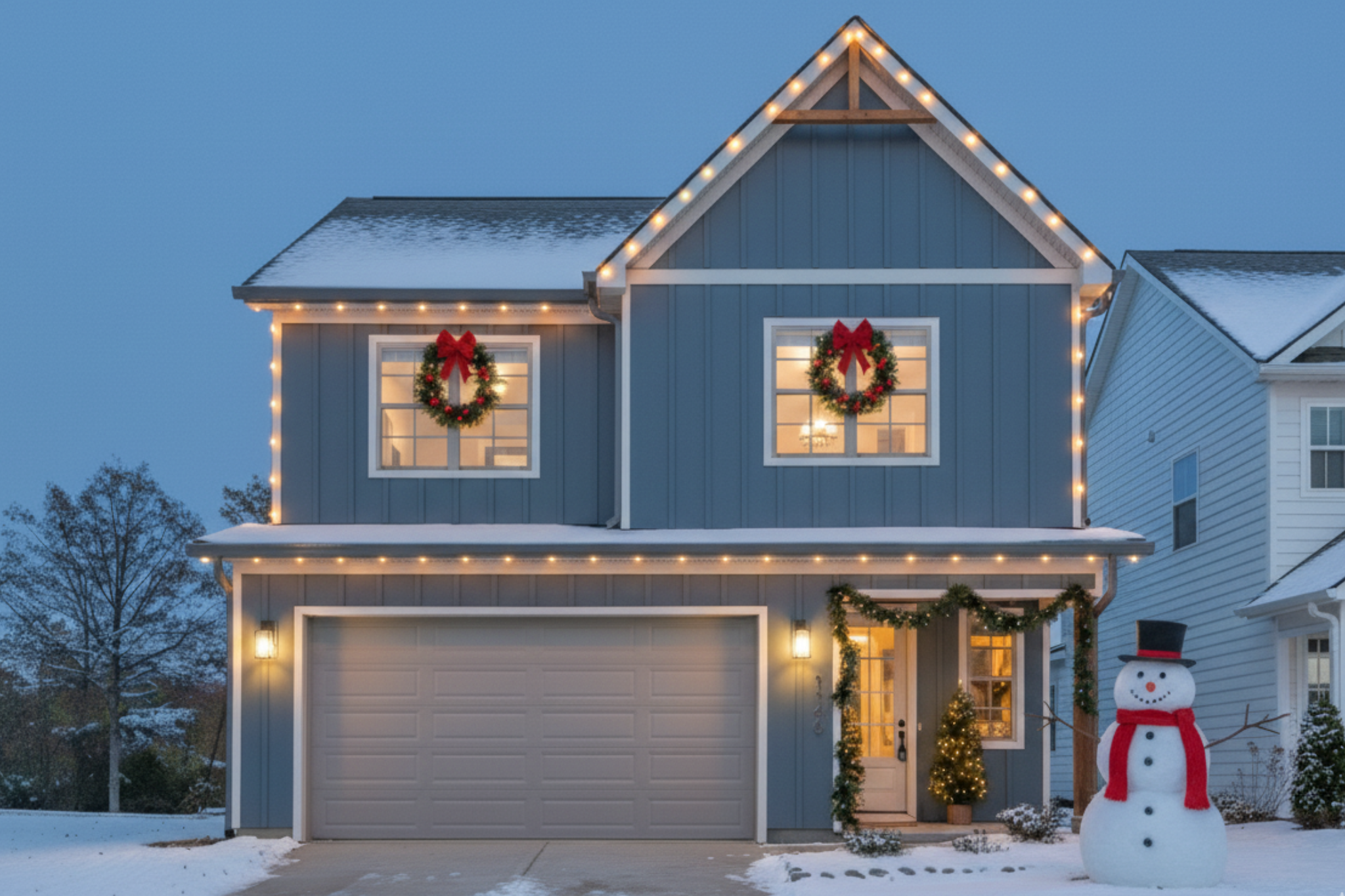
Price vs. Cost: What Every Homebuyer Should Know Before Purchasing
When people begin their journey to homeownership, it's often sparked by a life change—perhaps a growing family, a new job, or a change in lifestyle needs. Whether it’s a first-time buyer or someone upgrading or downsizing, the home buying process can be filled with excitement and big decisions. Most people start by creating a list of must-haves and nice-to-haves, setting a budget, and determining what type of home will fit their current needs. But amidst all this planning, many overlook one critical concept: the difference between price and cost.
At first glance, price seems like a simple concept. It’s the listing price of a home—the number that will ultimately determine your mortgage, taxes, insurance, and other potential expenses like HOA fees. Most buyers focus on this price when they calculate their monthly payments and decide if a home fits their budget. But while price is clear-cut, cost is often overlooked—and it can dramatically affect your financial future.
Understanding Cost Beyond the Price Tag
Price is easy to figure out. It’s the agreed-upon number on the home, and from there, you can determine what your monthly payment will be based on your loan terms. However, cost is a much more complex and often hidden part of the equation. It includes things like ongoing maintenance, repairs, renovations, and utility expenses—things that can sneak up on homeowners, especially in older homes.
Consider this scenario: You find a beautiful older home with charm and character at a lower price than a new build. The price is right, but the cost? That’s where things get tricky. Older homes, while often appealing, can come with outdated systems—like an aging HVAC, worn roofing, or plumbing that’s on its last leg. While these issues might not be immediately obvious, they can lead to unexpected repairs or even complete system replacements down the line, which adds significantly to the total cost of ownership.
The Allure and Danger of DIY Fixes

Many buyers see a lower-priced home as an opportunity to build "sweat equity" by tackling repairs and updates themselves. With the rise of DIY culture, it’s easy to believe that some cosmetic updates or repairs won’t break the bank. And while there’s potential to save money with DIY improvements, it’s important to recognize the reality: time, effort, and money will still be required, and for larger projects, hiring professionals will likely be necessary.
home that seemed like a bargain based on its price can quickly turn into a money pit if you’re not careful. From old plumbing to outdated electrical systems, the costs of repairs or replacements can add up—sometimes more quickly than expected. And don’t forget about utilities. Older homes may have less efficient windows, insulation, and heating systems, meaning your monthly energy bills could be significantly higher than you planned.
Do Home Improvements Always Add Value?
A common misconception is that all home improvements automatically increase resale value. While it’s true that certain renovations can add equity, many necessary updates—such as replacing a roof or updating HVAC systems—don’t typically increase the home’s market value. Instead, they prevent it from losing value, keeping it competitive in the market.
For example, modernizing a home’s systems may help bring it up to standard, but it won’t necessarily allow you to sell it for a higher price. Renovations like updated kitchens or bathrooms might add value, but improvements to plumbing or a new roof may simply maintain the home’s value. It’s important to balance your investment with the realistic return on equity when making decisions about updates and repairs.
The Savvy Investor’s Secret: Focusing on Total Cost
Experienced homebuyers and real estate investors understand the importance of minimizing surprises by focusing on the total cost of ownership rather than just the price. This is why new homes, often sold at a higher price, can be a more appealing option for long-term cost savings. A new home comes with modern systems, energy-efficient features, and, perhaps most importantly, warranties that cover unexpected repairs for years to come. With fewer hidden costs and fewer surprises, a slightly higher upfront price can result in lower long-term expenses.
Choosing a new home built by a reputable builder means fewer maintenance worries, better energy efficiency, and the comfort of knowing your home is up to current building standards. This peace of mind often leads to fewer headaches and more predictable costs over the years.
The Bottom Line: Price vs. Cost in Home Buying

The greatest financial mistake many homebuyers make is focusing too much on the price and not enough on the true cost. While the price is easy to calculate, the cost of homeownership involves understanding the potential for repairs, upgrades, higher utility bills, and the overall maintenance of the home.
Before making a decision, take the time to evaluate the long-term costs that come with homeownership. Removing the unknowns and minimizing risk is the key to making a smart real estate investment. This is why more buyers are turning to newer homes that may have a higher price tag but offer fewer surprises and lower costs in the long run.
In real estate, the fewer surprises you face, the more secure your investment will be. So, when evaluating homes, remember that price is what you pay, but cost is what you truly live with. The smartest buyers know that it’s worth investing a little more upfront if it means saving much more in the future.




_Exterior%20Front%201.jpg)

